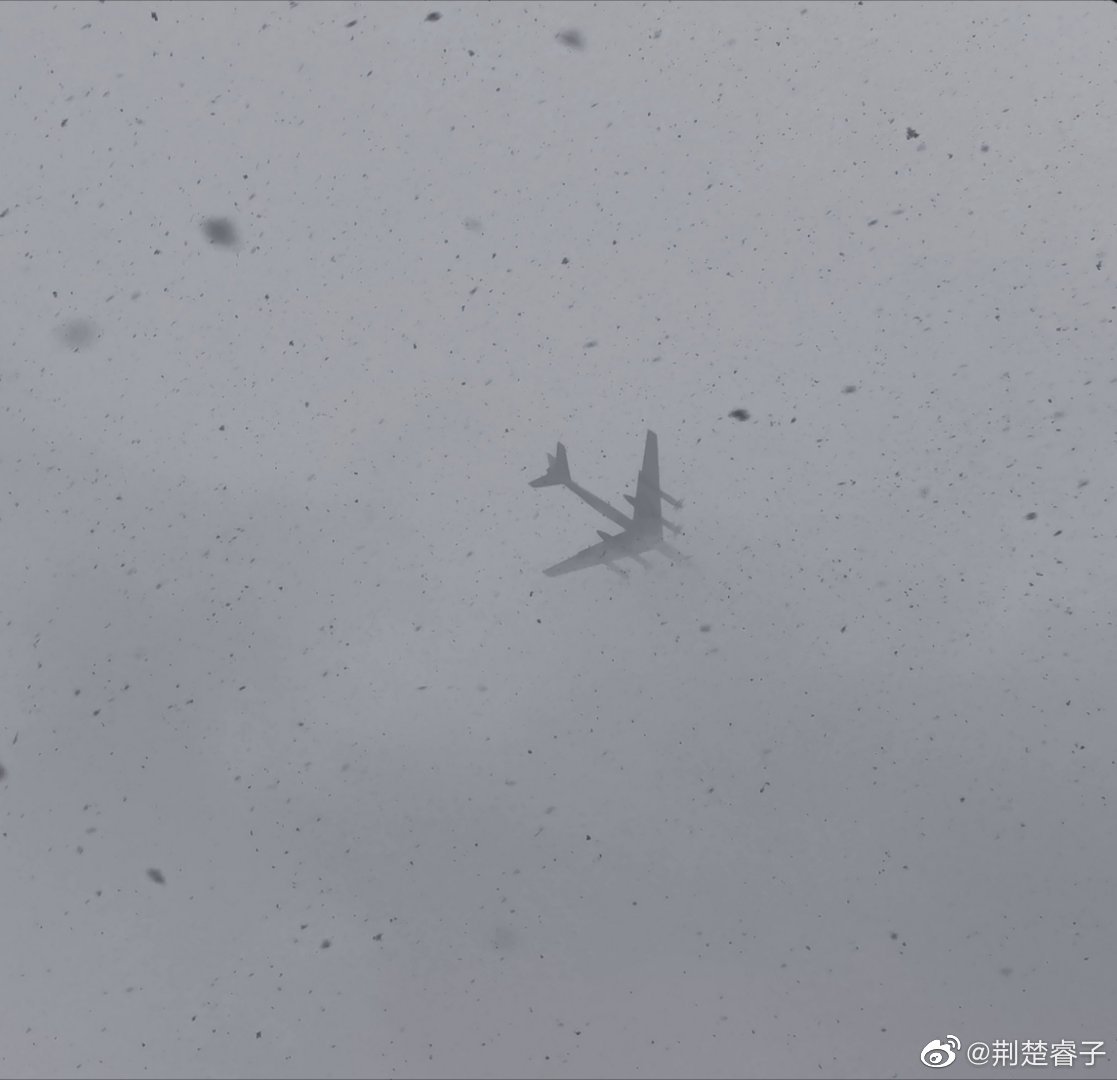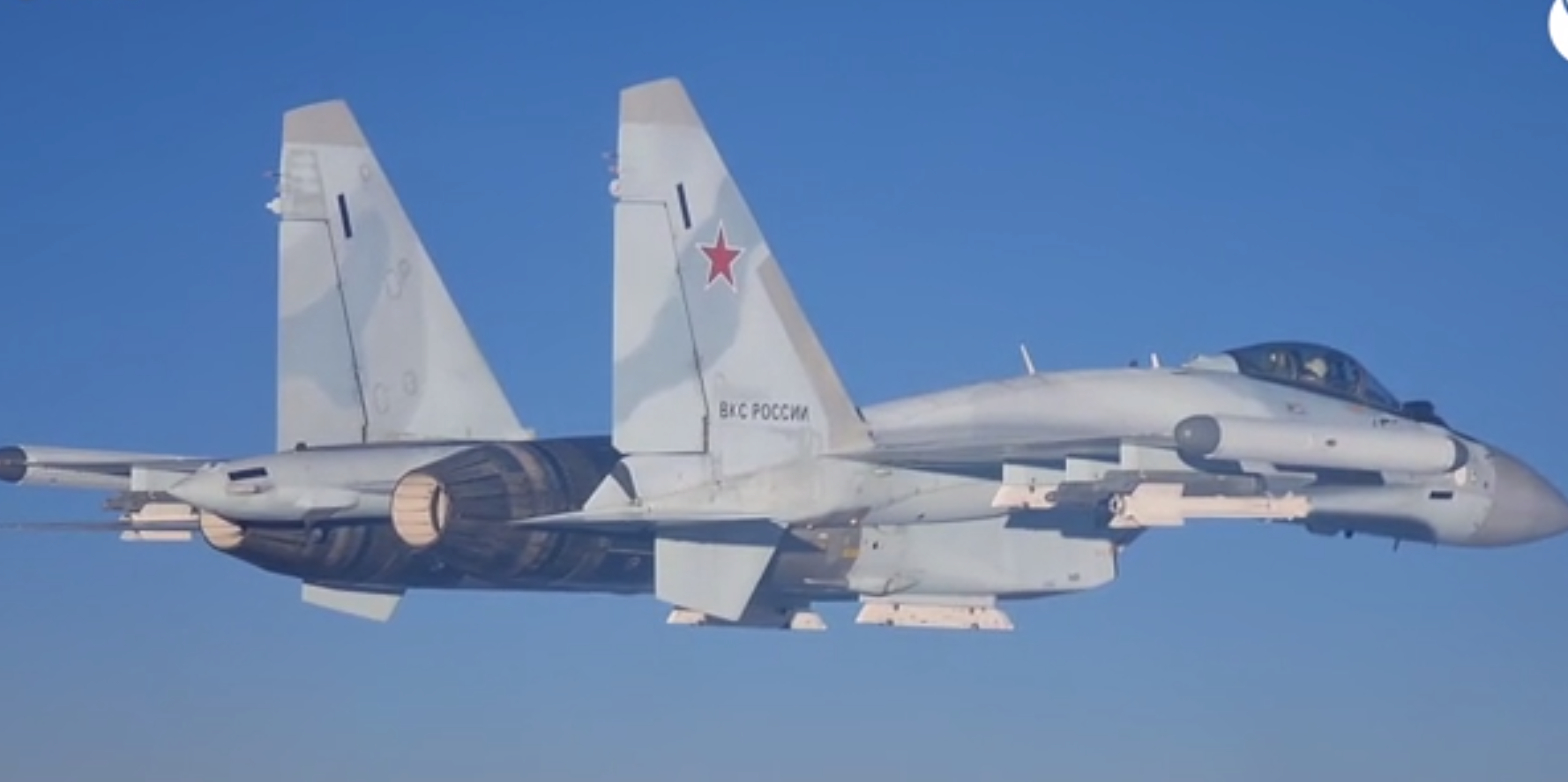At approximately 0024 EST, South Korean media began reporting that two Chinese and six Russian military aircraft entered the air defense identification zone without announcement. By 0030 EST, the aircraft had departed, and by that time, the South Koreans had identified that two Chinese H-6 Bombers, four Russian Tu-95 bombers, and two Russian Su-35 escorts were the culprits. Multiple South Korean F-15K fighters were scrambled to intercept the flight
At 0033 EST, the Japanese Ministry of Defense announced that two Chinese H-6 bombers has passed through the Tsushima Strait, that strategic gap between the Souther tip of the Korean peninsula and mainland Japan.
Russian state-owned media published this video showing the departure of multiple Russian aircraft claimed to be the airframes involved in this morning’s joint patrol. The Russian Ministry of Defense also claimed that this is the first time that Russian aircraft landed in China to conduct joint patrols.
The Russian state-owned media statement concerning the flight is as follows:
“For the first time in the course of joint air patrols, Russian aircraft landed at an airfield in China, and Chinese aircraft landed at an airfield in the Russian Federation, the Russian Defense Ministry said.
As specified in the ministry, at certain stages of the route, strategic missile carriers were accompanied by fighters of foreign states. “In the course of performing tasks, the aircraft of both countries acted strictly in accordance with the provisions of international law. Violations of the airspace of foreign states were not allowed,” they added, emphasizing that the event was held as part of the implementation of the provisions of the military cooperation plan for 2022 and was not directed against third parties. countries.”
Chinese social media users also reported seeing the Tu-95 bombers over Zhejiang, China.

While this has not been the first joint Russian-Chinese patrol, the timing and location of the flight demonstrate a combined initiative of the two states to project power near the Korean peninsula, where tensions have flared between the U.S. and its allies and the DPRK. The Chinese government has effectively defended the actions of Kim Jong-un since January 2022, when a new firing period of several dozen missiles began. The possibility of a seventh DPRK nuclear test also looms as the West prepares its “overwhelming” response.” However, today’s joint flight shows that any action taken by the U.S., South Korea, and Japan will not go unanswered by China and Russia.
This flight also comes only a day after Chinese outrage that the USS Chancellorsville conducted a freedom of navigation patrol through the Spratley Islands, which are claimed by the Chinese.


